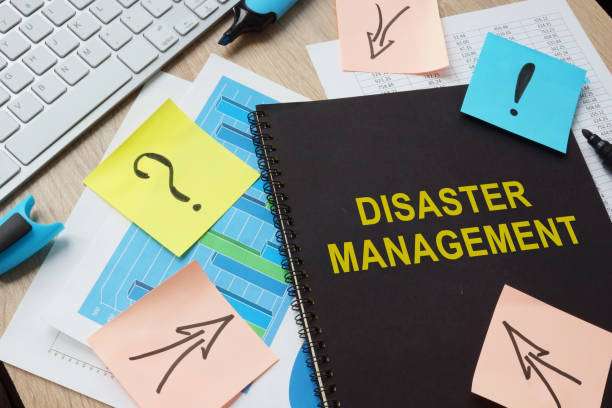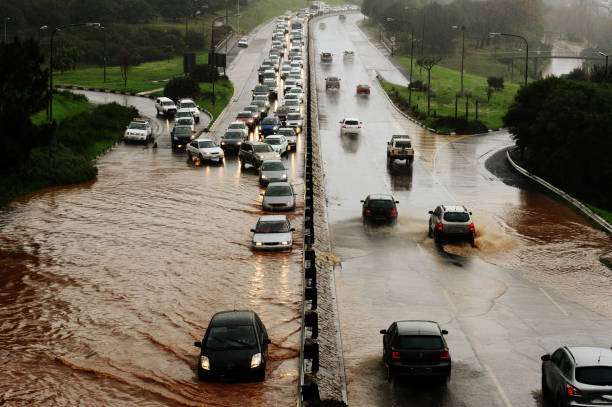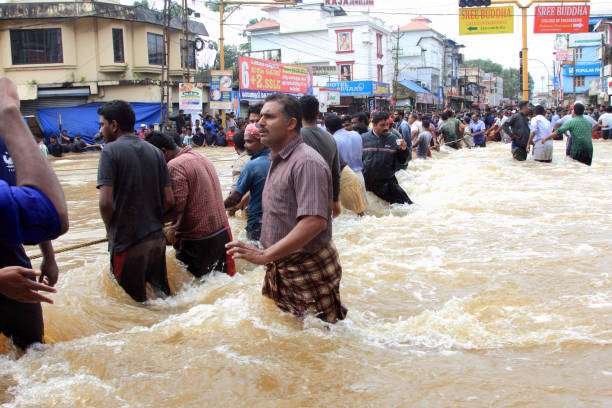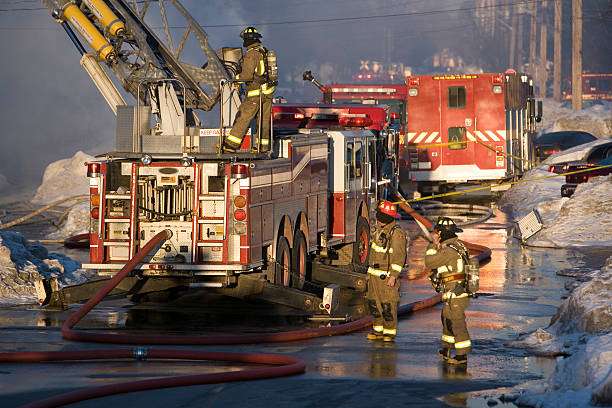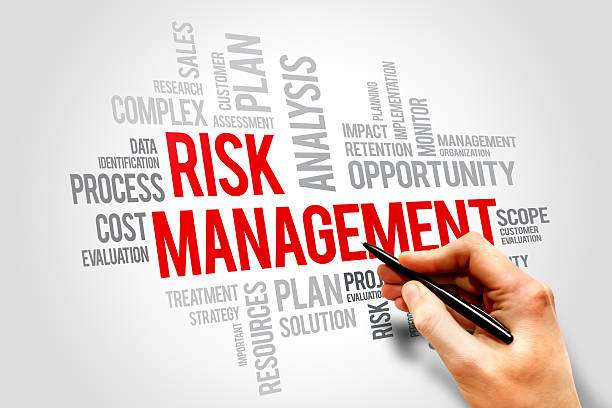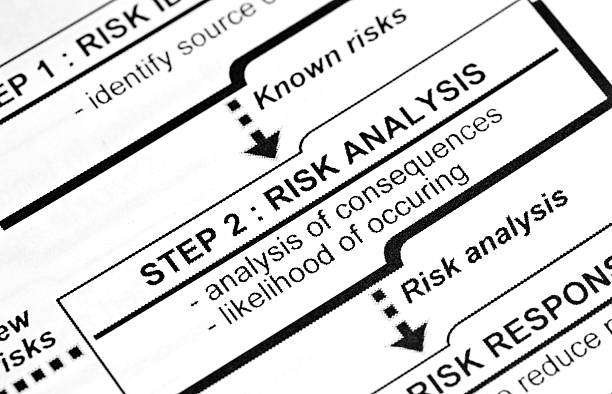Prevent Natural Disasters 10 Effective Ways to Protect Your Community
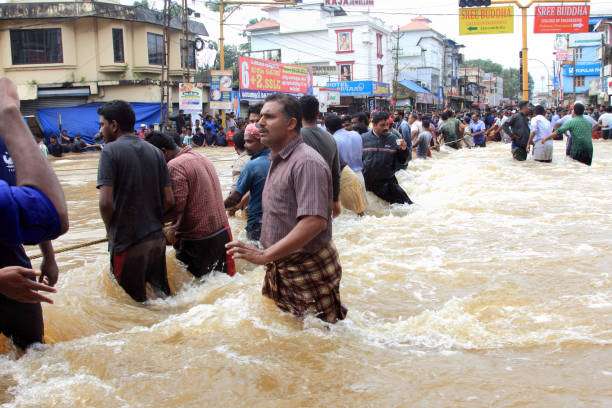
October 26, 2023
From hurricanes to wildfires, natural disasters can wreak havoc on communities in a matter of minutes. But while the impacts of these disasters may be unavoidable, their occurrence doesn’t have to be. In this post, we’ll provide you with 10 effective ways to help prevent natural disasters from taking place – saving your community from disaster and making the world a safer and cleaner place. So let’s dive in and see how you can make a difference!
10 Effective Ways to Prevent Natural Disasters
Natural disasters have been wreaking havoc all over the world, causing devastating losses of lives and property. While we can’t stop natural disasters from happening completely, there are steps we can take to minimize their impact and reduce the chances of them occurring. Here are 10 effective ways to prevent natural disasters.
Improve building standards: Improving building standards is one of the most effective ways to prevent natural disasters. This includes the use of stronger and more durable materials, as well as the implementation of better building practices.
Plant more trees: Trees can provide protection from floods, storms, and other natural disasters. They act as a natural barrier and absorb water, reducing the risk of landslides and other related damages. Planting more trees can help protect communities from natural disasters.
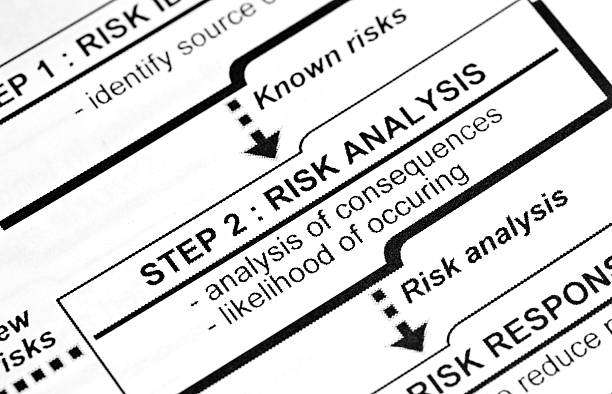
Monitor weather patterns: Paying attention to weather patterns can help predict and prepare for natural disasters. By monitoring the weather, we can have an early warning of potential disasters.
Create early warning systems: Early warning systems can save lives by giving people enough time to evacuate from areas prone to disasters. It’s important to invest in well-maintained early warning and alerting systems to ensure people in affected areas are alerted of potential disasters.
Implement better zoning regulations: Zoning regulations can help limit the construction of homes and businesses in areas prone to natural disasters. It’s important to develop and enforce zoning regulations to help reduce the chances of people building in potentially dangerous areas.
Utilize better agricultural techniques: Good agricultural techniques can help reduce the risk of floods caused by heavy rains. These include the use of terracing, diversified cropping, proper irrigation, and planting ground cover.
Develop infrastructure: Developing and maintaining adequate infrastructure can help reduce the impacts of natural disasters. This includes building better roads, bridges, and other infrastructure that can withstand natural disasters.
Educate people: Educating people about natural disasters and how to prepare and respond to them can help reduce the impact of potential disasters.
Develop better disaster preparedness plans: Developing comprehensive disaster preparedness plans can help ensure people and communities are prepared for natural disasters. These plans should include evacuation schedules, emergency communication plans, and recovery strategies.
Utilize renewable energy: Renewable energy is becoming increasingly available, and it can help reduce the risk of natural disasters. Renewable energy sources such as wind and solar power are much less susceptible to natural disasters than traditional energy sources.
These are some of the most effective ways to prevent natural disasters. It’s important to take action now to reduce the risk of future disasters. Investing in better building standards, planting trees, monitoring weather patterns, educating people, and utilizing renewable energy sources can all help reduce the impacts of natural disasters.
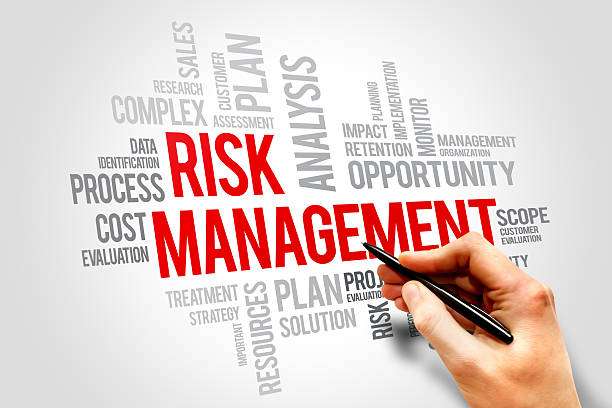
When it comes to the prevention of disasters, our safety and survival depend on taking the necessary steps to prepare and anticipate potential risks. Here we outline 10 practical ways to reduce the risk of disasters, from developing a comprehensive disaster prevention plan to implementing safer technologies.
Risk assessment is a key part of disaster prevention, as it helps to identify the potential hazards that may impact a region. The risk assessment process involves understanding the local environment, identifying potential hazards, and estimating the likelihood and impact of those hazards. Afterward, steps should be taken to mitigate those risks. For instance, if a region is prone to flooding, appropriate flood prevention measures, such as levees or dams, can be put in place.
Emergency planning also plays a key role in disaster prevention. When an emergency does arise, detailed plans and protocols should be in place to ensure that timely action is taken. Whether it’s a natural disaster or a hazardous event, having a clear chain of command, a well-defined response plan and the necessary resources are essential for successful emergency response.
Risk mitigation is also a useful tool for preventing disasters. This can be done by introducing effective disaster prevention strategies, such as early warning systems, national disaster management authorities, hazard mapping, and flood prevention. Each of these strategies helps to reduce the risk of a disaster occurring.
Furthermore, raising awareness and educating communities about disaster prevention strategies is paramount. This helps to build community resilience and equip communities with the necessary knowledge and skills to be better prepared for any emergency.
Finally, utilizing safer technologies to mitigate disasters can help to reduce the risk. For instance, using fire-resistant materials in building construction, reinforcing structures to withstand earthquakes, and installing automatic shutoff valves in areas prone to flooding can all help to reduce the risk of disasters and their potential consequences.
In conclusion, disasters can have devastating impacts on communities, but by taking the necessary steps to prepare and anticipate risks, the impact of a disaster can be reduced. By utilizing the 10 strategies outlined above, communities can become more resilient and better prepared for any potential disaster.
Disaster management, risk assessment, and emergency planning are essential components of disaster prevention. By mitigating risks, being prepared, and establishing safety procedures, natural disasters such as floods, fires, earthquakes, and cyclones can be managed effectively. To reduce the risk of disaster, it is necessary to develop a comprehensive disaster prevention plan, carry out risk assessments, create emergency response plans, raise awareness, and engage in risk communication. Additionally, early warning systems, protective structures, and evacuation plans can be put in place to help safeguard against disaster.
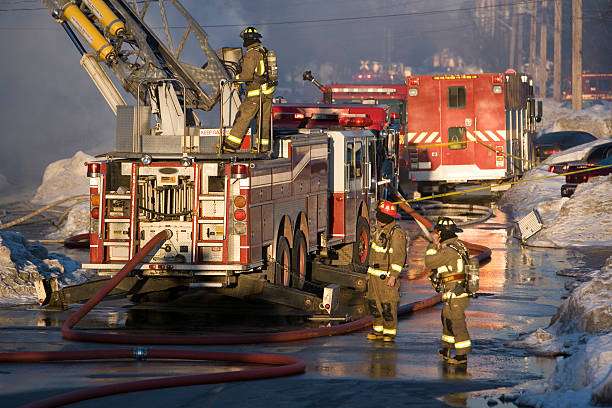
How can I help prevent natural disasters?
Natural disasters are an unfortunate reality, causing devastation to lives, homes, and livelihoods. But while we can’t prevent disasters from occurring, there are certain measures that we can take to minimize their effects and reduce the risk of them happening in the first place.
One of the most important ways we can help prevent natural disasters is by knowing the potential risks in our area and taking appropriate precautions ahead of time. Many disasters are highly localized, with certain areas more prone to them than others. Taking the time to research the area and understand the local risk factors can help us prepare and put measures in place that can reduce the severity of disasters, should one occur.
Preventative measures such as clearing away dead branches and debris from around the property, or making sure gutters and downspouts remain free of blockages can help reduce the risk of landslides, flooding, and other damage caused by heavy rains. Ensuring that construction projects use durable materials that are designed to withstand extreme weather conditions can also help reduce the impact of fires, storms, and other natural disasters.
We can also reduce our impact on the environment by changing the way we interact with the natural world. For example, planting trees and restoring habitats can help reduce erosion and reduce the risk of landslides and other disasters. Supporting non-profit organizations that focus on preserving the environment can also help conserve sensitive ecosystems and provide local communities with resources to help them prepare for natural disasters.
At the end of the day, natural disasters can never be fully prevented. But by taking measures such as researching the local risk factors, clearing away debris, and restoring sensitive habitats, we can help minimize the impact of these disasters and reduce the risk of them occurring in the first place.
What types of activities can help prevent natural disasters?
We all know that natural disasters can have devastating effects on our lives, homes, and communities. In recent years, we’ve seen hurricanes, floods, earthquakes, and other disasters tear through our world and leave destruction in their wake. As we can’t prevent natural disasters from occurring, it’s important to take steps to prepare for them and reduce their impact.
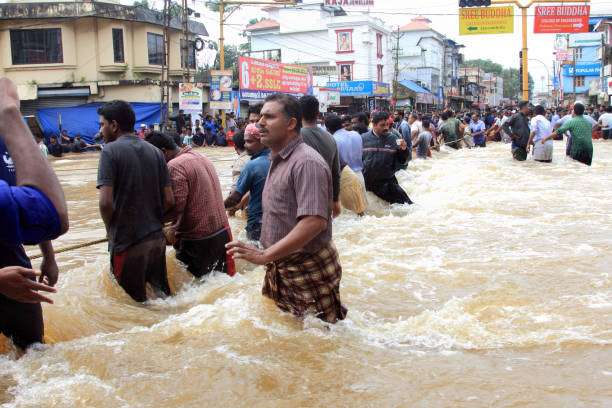
One way to do this is to focus on improving the resilience of our communities. This can be done by increasing public awareness of natural disasters, building stronger infrastructure, and implementing better safety regulations. Investing in resilient infrastructure will help reduce damage and make it easier to rebuild after a disaster. It’s also important to work with local governments to update building codes, evacuation plans, and emergency response procedures.
Another way to reduce the impact of natural disasters is to make sure that people in vulnerable areas are educated and prepared. This should include education on disaster risk and hazard reduction, as well as establishing early warning systems. People should also be aware of emergency resources and evacuation routes.
Finally, people should take steps to protect their homes and properties before a disaster strikes. This includes installing storm shutters, reinforcing roofs, and anchoring objects that could be lifted by strong winds. Additionally, people should create an emergency plan and store important documents in a safe place.
In conclusion, natural disasters can’t be prevented, but by taking the right steps, their impact can be reduced. Improving the resilience of our communities, educating people in vulnerable areas, and taking steps to protect our properties are all important steps that can help us be better prepared for disasters. With proper preparation and a little luck, we can mitigate the effects of natural disasters and create a more resilient world.
What are the most effective strategies for preventing natural disasters?
Natural disasters can be devastating, causing significant damage to both property and people’s lives. Fortunately, there are many effective strategies that can be employed to prevent or mitigate the damage caused by natural disasters.
Firstly, governments should invest more in infrastructure that is designed to protect against natural disasters. This includes building sturdy homes, reinforcing bridges, and constructing protective levees. It also entails retrofitting existing buildings to make them more disaster-resistant through the use of engineering techniques like quake-proofing. Such investments can minimize the destruction caused by earthquakes, floods, and other natural disasters and should be a priority for any government
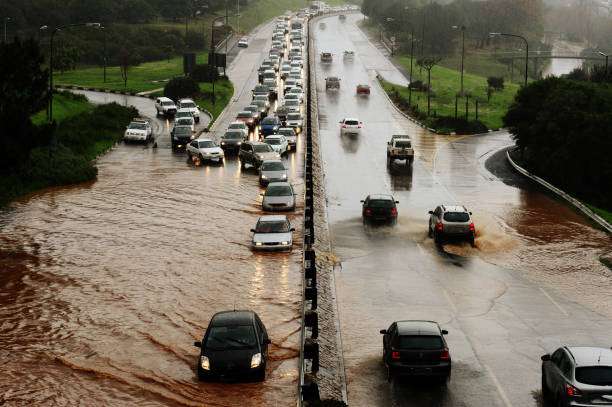
Another important strategy is educating people about how to prepare for natural disasters. People should know what to do in the event of a disaster, such as where to seek shelter and how to stockpile supplies. Many governments offer emergency preparedness classes, and people should take advantage of them.
Furthermore, a well-developed early warning system is essential for preventing natural disasters. This includes monitoring seismographic activity and the weather to detect signs of potential disasters in advance. Having advanced warnings can give people time to evacuate, which can save many lives.
Another effective strategy is to implement strict regulations that reduce the risk of natural disasters. For example, building codes should be enforced to ensure that homes and other structures are built to withstand disasters. Regulations should also be put in place to protect ecosystems and prevent land-use practices that can increase the risk of flooding and landslides.
Finally, governments should invest in disaster relief and recovery funds to help those affected by natural disasters. Such funds can be used to rebuild infrastructure and provide aid to those affected by a disaster. Such measures can not only prevent more destruction but also help those affected to rebuild their lives in the aftermath.
In summary, there are many effective strategies that can be employed to help prevent natural disasters. Governments should invest in protective infrastructure, educate people, implement strict regulations, and set up a relief fund. These measures can help save lives and reduce the damage caused by disasters.
Summary

- Natural disasters can cause devastating losses of lives and property
- 10 effective ways to prevent natural disasters include improving building standards, planting trees, monitoring weather patterns, and educating people
- Early warning systems can save lives by giving people enough time to evacuate from areas prone to disasters
- Zoning regulations can help limit construction of homes and businesses in disaster-prone areas
- Renewable energy sources are less susceptible to natural disasters than traditional energy sources
- Risk assessment is a key part of disaster prevention, and steps should be taken to mitigate potential risks
- Emergency planning plays a key role in disaster prevention
In light of recent news about students and employees stranded on campus due to unforeseen circumstances, it's more important than ever to be prepared for natural disasters.
At Sanjay Lathiya, we believe in empowering communities with knowledge and tools to protect themselves and their loved ones. Our latest blog post titled "Prevent Natural Disasters: 10 Effective Ways to Protect Your Community" is a must-read for everyone.
🌍 Visit our site at https://www.sanjaylathiya.com/ and delve into this insightful piece that provides practical tips on how to prepare for and respond to various natural disasters.
We're committed to 100% customer happiness, and we believe that knowledge is a key factor in achieving that. Stay safe, stay informed, and let's work together to protect our communities.
#SanjayLathiya #NaturalDisasterPrevention #CommunitySafety #StayInformed #StaySafe
FAQS
1. How can I help prevent natural disasters?
A: There are a number of ways to help prevent natural disasters. These include reinforcing buildings to make them more resilient, adapting land use to reduce the impact of disasters, and developing sustainable infrastructure to better protect communities from floods, hurricanes, and other events.
2. What types of activities can help prevent natural disasters?
A: Activities that can help prevent natural disasters include mapping potential landslide and flood zones, reinforcing existing buildings, preserving natural buffers such as wetlands and forests, and improving land management practices.
3. What are the benefits of preventing natural disasters?
A: The primary benefit of preventing natural disasters is that it helps to protect lives and property. Preventative measures also can lower long-term economic costs and help communities become more resilient in the face of disasters.
4. How can I stay informed about natural disasters?
A: You can stay informed about natural disasters by monitoring local news stations, signing up for emergency alerts, and following social media accounts dedicated to providing real-time weather updates.
5. What are the most effective strategies for preventing natural disasters?
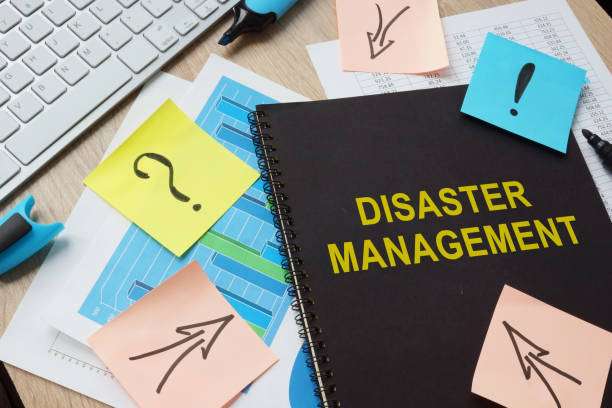
A: The most effective strategies for preventing natural disasters include reinforcing existing buildings, developing sustainable infrastructure, preserving natural buffers such as wetlands and forests, and improving land management practices.
